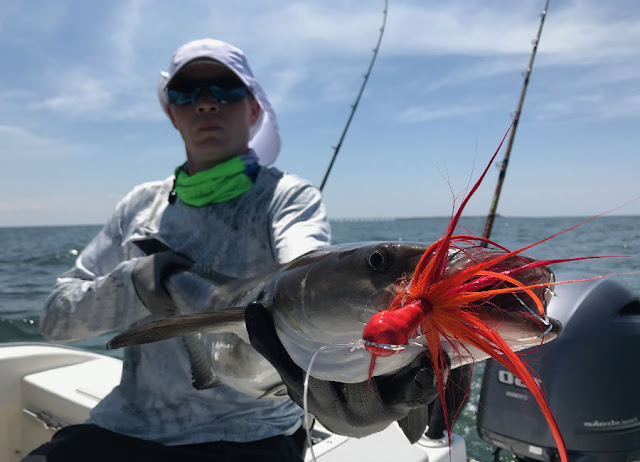How To Choose Fishing Lures For Cobia

So you want to catch cobia ? There are many different types of lures that you can use when fishing for these denizens of the deep, ranging from topwater plugs, swimbaits, spoons, jigs and even live bait. However, lures represent only part of your arsenal when targeting cobia; having the right terminal tackle can also help you to have a successful day of cobia fishing. Very few things in the world of saltwater fishing are as fun and exciting as hooking into a big, powerful cobia on light tackle. When faced with this scenario, there is no better feeling than having your line ripped from your hand when a large cobia instantly engulfs the bait. When this happens, anglers need to be prepared to fight a fish that can reach weights of over 350 pounds and measure up to eight feet long. When targeting these tough and powerful fish, you should use heavy tackle and sturdy rods rated for 30-50 pound test. Sharks, bluefish and sea bass are all common predators of cobia, and each of these spec...





